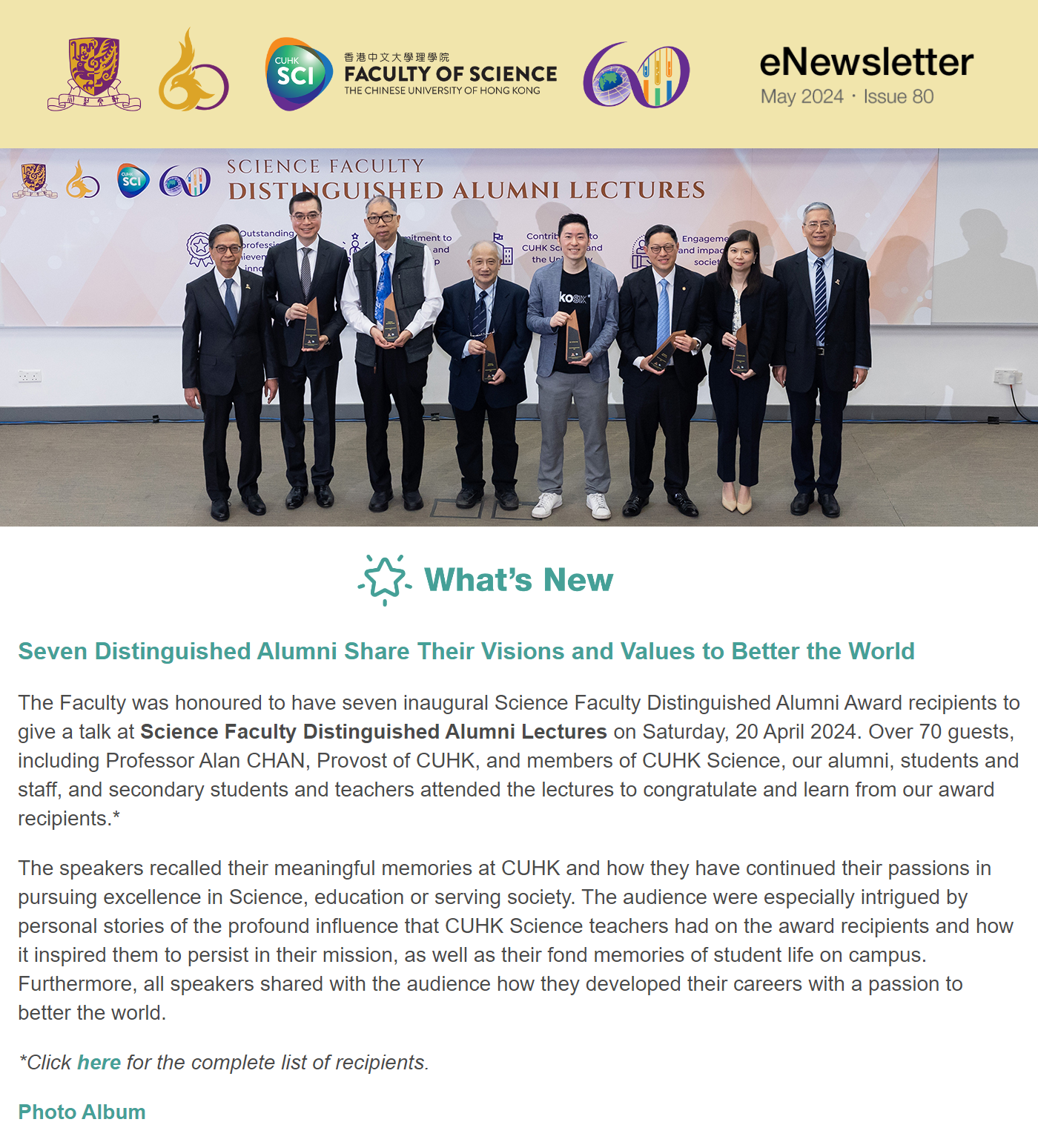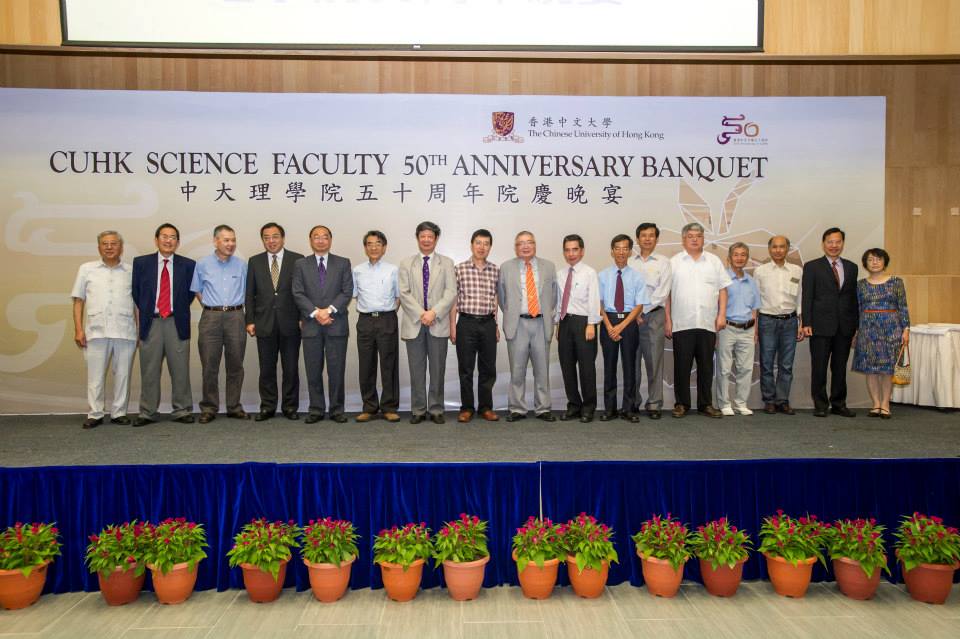Surface Scientists Meeting Biomedical Researchers
Date: 7 November 2007 (Wednesday)
Time: 12:30pm - 1:30pm
Venue: 126, C N Yang Reading Room, Science Centre North Block
Speaker: Prof. LAU Woon Ming Leo, Professor of Materials Science, CUHK, Director, Surface Science Western
Professor, Department of Physics & Astronomy and Department of Chemistry, UWO
Abstract: I will talk about the development of new analytical techniques to accelerate the development and applications of diabetes and autism spectrum disorders (ASD) research in Canada. For this, my team will develop new methods in secondary ion mass spectrometry (SIMS) and atomic force microscopy (AFM), to address the common technical hurdles of detecting and imaging cellular/intracellular compositional and microstructural changes in diabetes and ASD research. For example, islet transplantation promises to cure Type 1 diabetes (T1D) which currently affects some 200,000 Canadians and costs the Canadian healthcare system a recorded amount of $1.3 billion in 2002 and a projected amount of $1.6 billion in 2010. However, the development of this technology requires the transfection of a compound to label islets for tracking them in vivo after transplantation, and the approval of clinical trials requires clarification of the toxicity of the labeling agent. The proposed sensitive and quantitative SIMS methods can detect and locate the agent and the 3-D AFM methods can give additional information on this and the induced microstructural changes in a transfected islet cell. As such, the proposed research can accelerate the curing of T1D. In addition, these techniques will also be applied to study compositional and microstructural changes in rat brain tissues/cells induced by the infusion of propanoic acid (PPA) which causes rats to show ASD-like behavior. Emerging experimental evidence has indicated that environmental factors such as PPA present in the food chain or produced in human bodies can trigger ASD, a neuro-developmental abnormality which affects 1/150 children. The proposed ASD work on the rat model can enhance our understanding of ASD and lead to the development of technologies to suppress ASD in humans.



For more photos, please click here.














